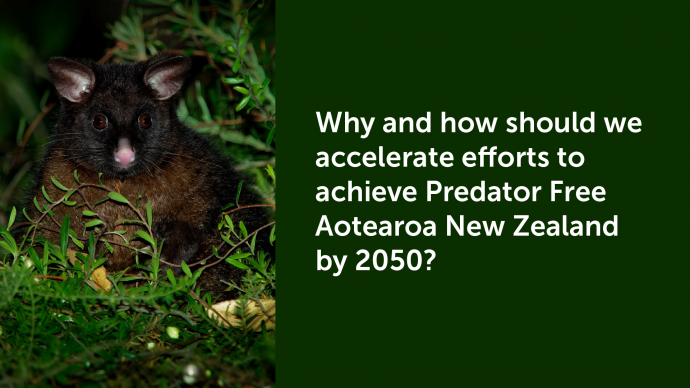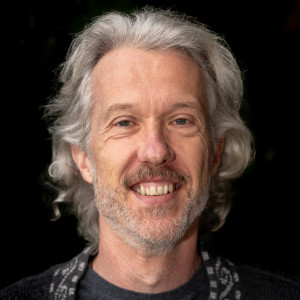Expert perspective: Emeritus Professor Doug Armstrong FRSNZ

Emeritus Professor Doug Armstrong FRSNZ, a world-leader in reintroduction biology, reminds us that the goal of Predator Free is restoring native species and ecosystems, and that eradicating the target mammal species may be neither necessary nor sufficient for achieving that goal.
Predator-free 2050 is a wonderful slogan, as it signals an ambition to dramatically scale-up conservation efforts beyond offshore islands and fenced sanctuaries. There have already been great advances in our ability to detect and exterminate invasive mammals over increasing scales since the onset of the programme, and it has also spurred on community involvement in conservation. However, it is important to realise that the real goal is not to eradicate the invasive mammals targeted (rats, possums, and mustelids) but to enhance native biodiversity throughout Aotearoa.
In isolation, “success” in eradicating the target species would probably lead to increased densities of mice and cats, and similar densities of pigs and hedgehogs. Consequently, while the eradications would no doubt have great benefit for some native species (e.g., stoat-sensitive bird species such as kākā and pāteke), they could be neutral or detrimental to others (e.g., lizard and invertebrate species that might be particularly vulnerable to mice).
At the same time, “failure” to eradicate the target species may still involve widespread suppression of these species, which will result in substantial biodiversity gains, especially if accompanied by other conservation actions including restoration of vegetation and wetlands as well as controlling the full suite of invasive mammals.
Although eradication may be ideal for undesirable species because it avoids the needs for permanent control (especially where toxins are involved), suppression could turn out to the be optimal strategy in at least some cases.
The key to true success will be to proceed adaptively based on good data on responses of native species as well as technical advances in predator control, keeping the full range of objectives in mind (e.g., restoring a wide suite of native plants and animals, empowering communities and tangata whenua, minimising costs and toxin use), and ensuring momentum can be achieved regardless of whether any of the target species can be eradicated.
Published July 2025
 Emeritus Professor Doug Armstrong FRSNZ is recognised as a key player behind New Zealand’s reputation as a world leader in the field of reintroduction biology. He is internationally renowned for his expertise in conservation and wildlife management. His research focuses on improving methods for understanding population and metapopulation dynamics of threatened wildlife.
Emeritus Professor Doug Armstrong FRSNZ is recognised as a key player behind New Zealand’s reputation as a world leader in the field of reintroduction biology. He is internationally renowned for his expertise in conservation and wildlife management. His research focuses on improving methods for understanding population and metapopulation dynamics of threatened wildlife.
